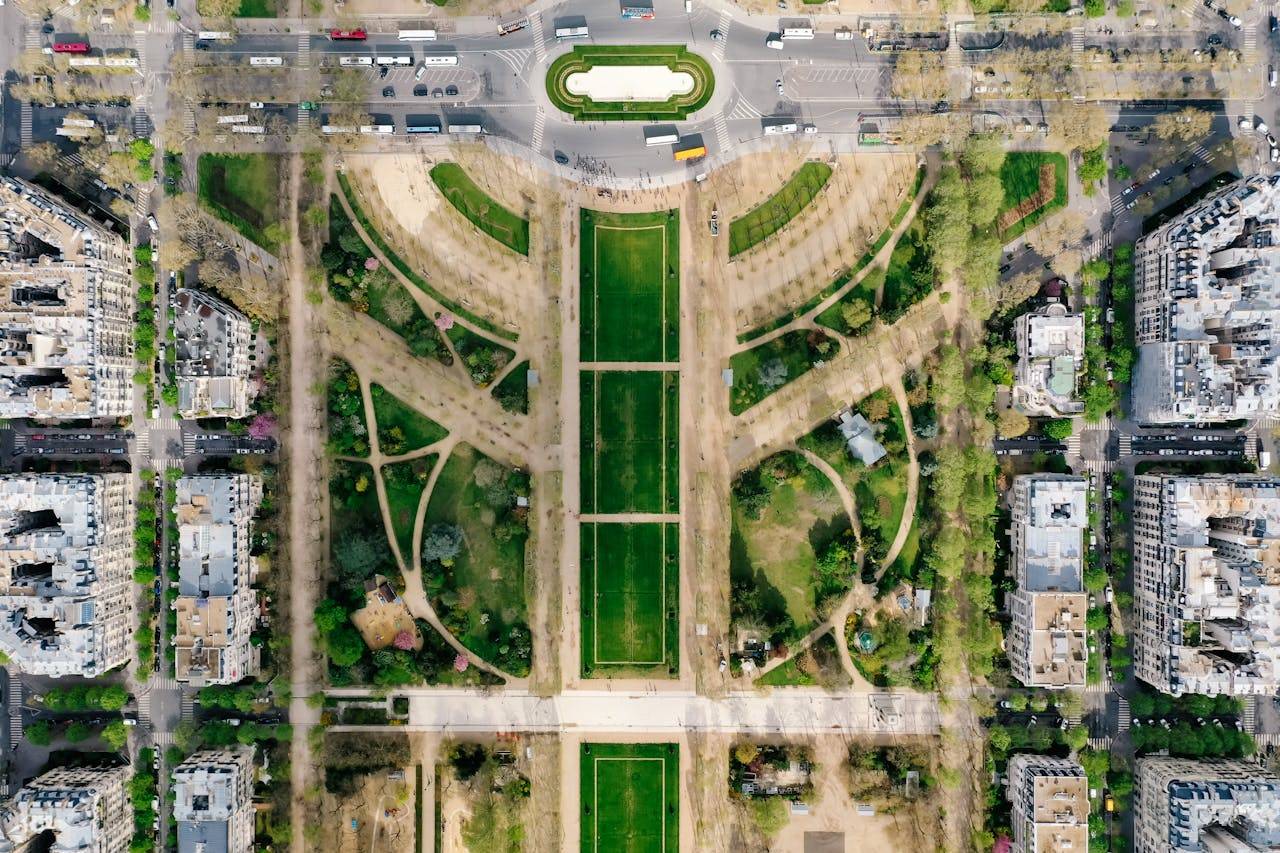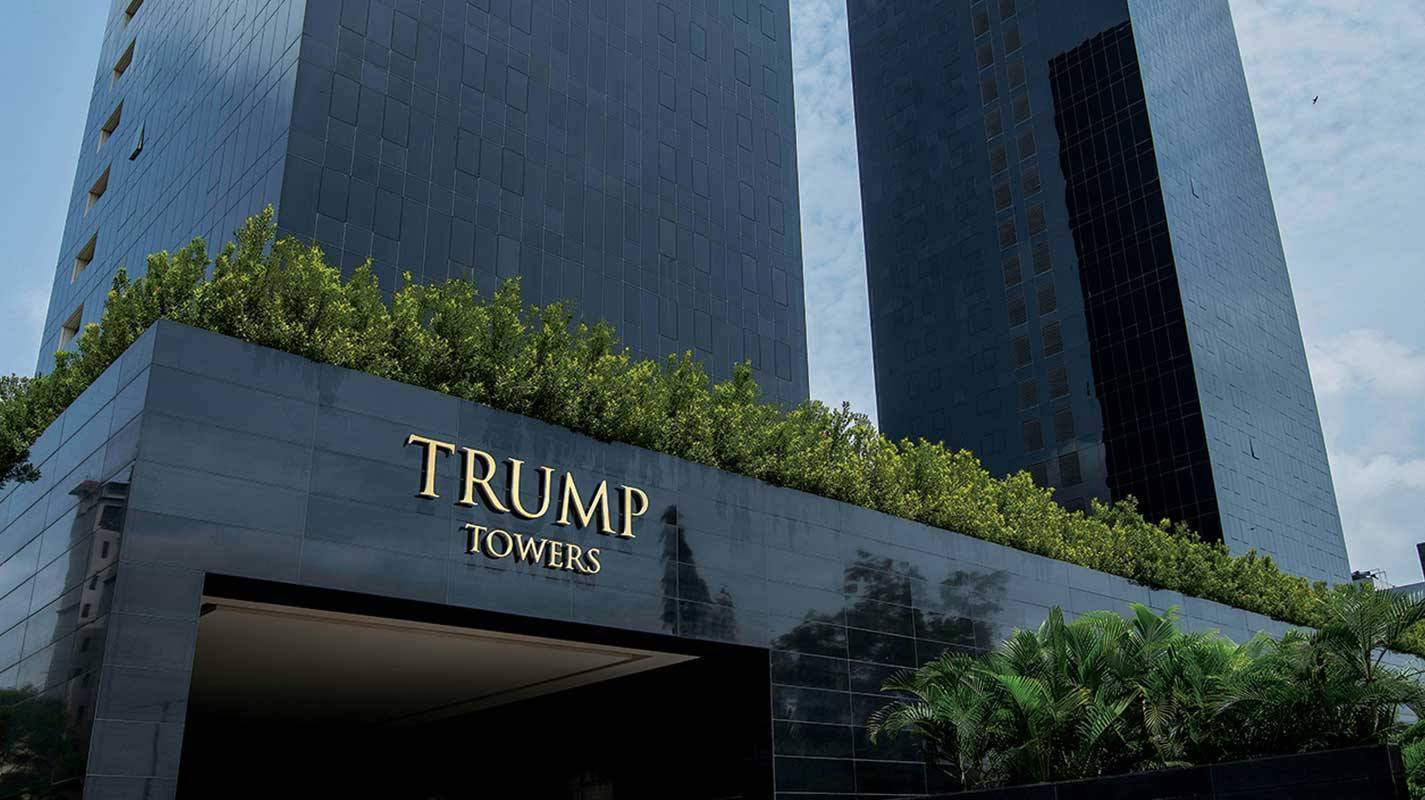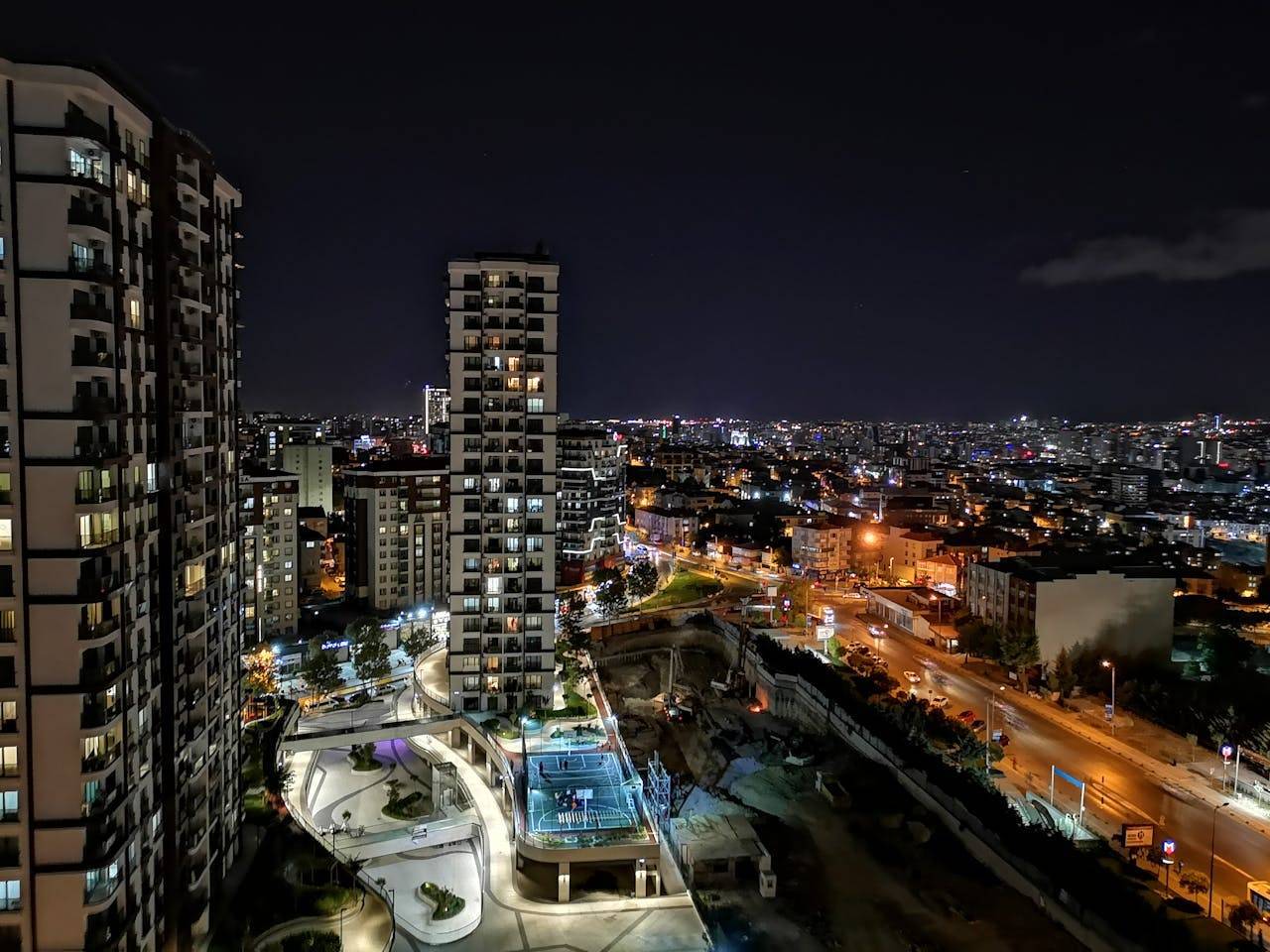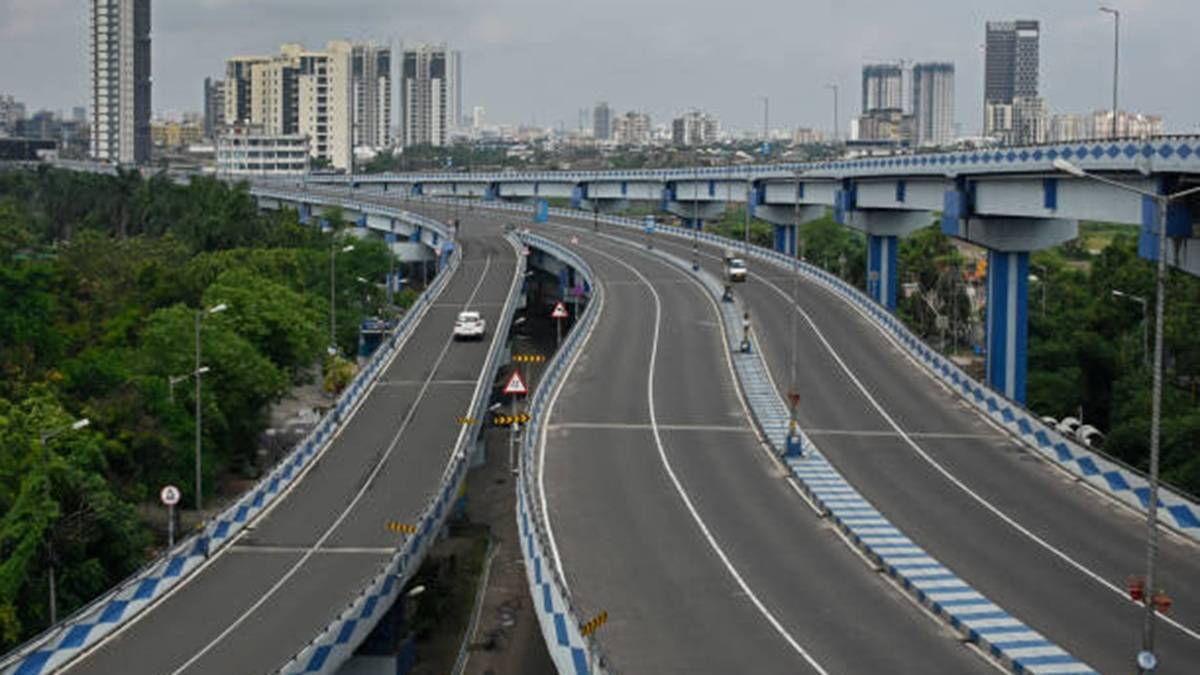The upcoming inauguration of Bengaluru’s Yellow Line metro corridor on August 10, 2025, is expected to significantly reshape the city’s real estate landscape, particularly in the southern corridor anchored by Electronic City. The 19.15-km elevated line connects RV Road in Jayanagar to Bommasandra, passing through major residential, industrial, and IT clusters across southern Bengaluru.
The Yellow Line, originally slated for an August 15 launch, is being opened five days ahead of schedule and is set to begin operations shortly after the ceremonial flag-off. With 16 stations along its length, the corridor is projected to ease the commuting burden in some of the city’s most congested stretches and stimulate investment across housing and commercial asset classes.
Connectivity and Interchange Integration
The Yellow Line links RV Road, Jayadeva Hospital, BTM Layout, Silk Board, and Electronic City Phases 1 and 2, culminating at Bommasandra. The corridor also includes a critical interchange at Jayadeva Hospital with the upcoming Pink Line and integrates with the Green Line at RV Road, enabling seamless multimodal travel across various parts of the city.
The introduction of this line is expected to reduce traffic load on key arterial roads such as Hosur Road and Bannerghatta Road. Improved last-mile connectivity is likely to draw professionals currently commuting from distant locations to reconsider living closer to their workplaces, especially in Electronic City and surrounding localities.
Rising Demand in Electronic City
Electronic City, a major technology and industrial hub, has traditionally lagged behind locations like Whitefield and Sarjapur in attracting consistent residential demand. Despite the presence of large IT campuses and industrial estates, weak public transport infrastructure had acted as a deterrent for both homebuyers and tenants.
The metro’s arrival is expected to change this dynamic. Residential demand in Electronic City has already started to increase in anticipation of operational services. Developers report a rise in inquiries for both ready-to-move and under-construction inventory in Phase 1 and Phase 2 of the hub.
Currently, rental values in Electronic City average around ₹20,000 to ₹25,000 for 1BHK apartments, ₹30,000 for 2BHKs, and ₹40,000 for 3BHKs. Analysts expect rental rates to increase by 10% to 15% over the next two quarters as commuting convenience boosts tenant interest.
Impact on Capital Values and Sales Volumes
Property values in metro-linked micro-markets typically experience upward price revision once services commence. In similar corridors such as KR Puram and Kanakapura Road, rental and capital values saw 8–12% appreciation within six months of metro operations starting.
For Electronic City, where current prices range between ₹8,000 to ₹12,000 per sq ft depending on project status and amenities, analysts forecast a potential 5% to 10% rise in capital values. Apartments currently listed between ₹70 lakh and ₹90 lakh are expected to see upward movement in resale transactions, especially for completed units with occupancy certificates.
Locations such as Kudlu Gate, Hebbagodi, and Bommasandra, located at various touchpoints of the Yellow Line, are also witnessing renewed investor interest. These areas are considered undervalued when compared to other metro-connected corridors and are being promoted by developers as high-growth zones.
Commercial Leasing and Infrastructure Spillover
In the commercial segment, Electronic City has struggled to match Whitefield in terms of office absorption rates, largely due to perception issues related to travel time and last-mile gaps. With the Yellow Line addressing these challenges, leasing momentum in the area is expected to improve.
Average office lease rates in Electronic City, currently at ₹30 per sq ft, are projected to climb to ₹40–₹45 per sq ft over the next year. This would bring them closer to Whitefield’s entry-level commercial rents, which typically begin at ₹45 per sq ft. Improved accessibility could also attract new investments from industrial and tech firms seeking cost-effective office space within city limits.
Some foreign firms, particularly from the automotive and engineering sectors, have begun evaluating real estate options along the Yellow Line, with interest growing in Hosur Road and Hebbagodi for both commercial and warehousing needs.
While market sentiment is buoyant, real estate professionals are advising caution when it comes to speculative pre-launch projects. Delays in execution, shifting regulatory conditions, and fluctuating raw material costs still present risks. Industry watchers recommend prioritizing completed or nearing-completion units in metro-adjacent zones to mitigate uncertainty.
Sales activity has already picked up in ready-to-occupy developments near key Yellow Line stations. Developers with existing inventory near BTM Layout, Kudlu Gate, and Electronic City are reporting faster conversion cycles, particularly for 2BHK and 3BHK units within the ₹70–₹90 lakh price band.
Way Forward
The operationalisation of Bengaluru’s Yellow Line marks a turning point for the city’s south-eastern corridor, with Electronic City positioned as the principal beneficiary. With enhanced connectivity, reduced commute times, and improved commercial viability, the corridor is on track to become a high-demand zone for both residential and business occupiers. As metro infrastructure continues to reshape Bengaluru’s urban geography, property markets along these corridors are expected to mature rapidly, offering both short-term returns and long-term value appreciation for investors and end-users alike.









